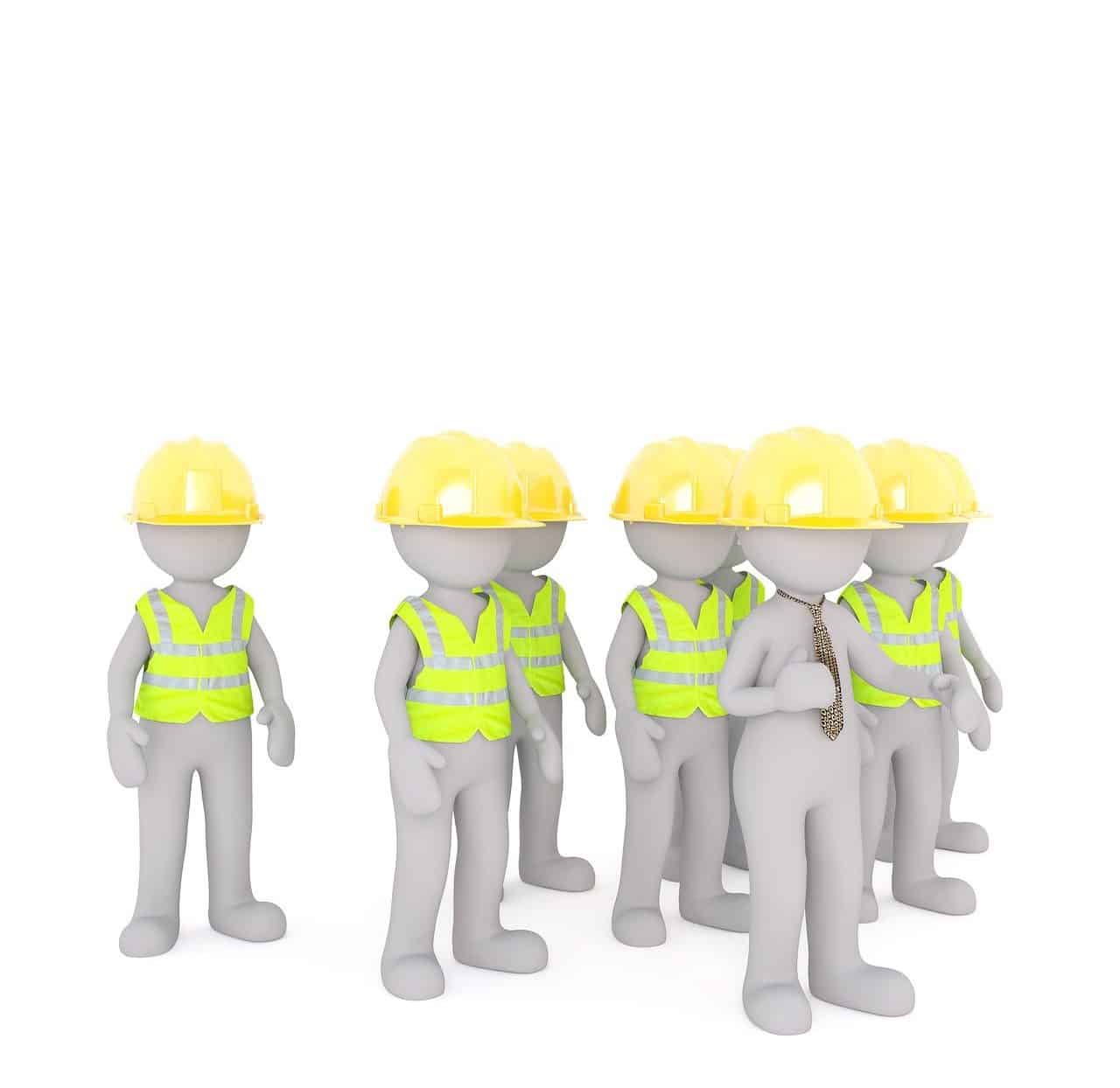
Employees can perform all kinds of tasks in exchange for a salary, social security coverage, and other benefits. Broadly speaking, public sector employees and private sector workers are recognized.
Employee is a term that identifies the individual who performs a task or activity in exchange for a salary or salary . If the person hired for a job position or position is female, then the concept of employee takes center stage.
From the analysis of the real plan it is clear that, in practice, there is an immense variety of personnel profiles. Someone who accepts a job or joins a project for a certain period of time (from days to months, according to the previously agreed upon term), for example, is considered a temporary worker . The case of the long-term employee is different, since regularity and stability in a certain way provide more security and incentive. There are formats, meanwhile, that lead to a distinction between those hired for shift work , part-time or full-time work , remote work and in-person work .
Of course, beyond taking into account the duration and modality of each professional commitment, it is possible to recognize qualities, performances and even improper conduct, thus making visible the categories of efficient employees , committed employees , unfaithful employees , etc.
Rights and obligations of each employee
When entering the formal employment circuit , each employee has rights that must be respected but also obligations to assume.
Every formal worker is supported by the labor laws in force in the country in which he or she will perform a role or occupy a job . In Argentine territory, to describe a specific case for reference, the legislation recognizes employees the right to have security or protection elements in case of carrying out risky tasks, to perform professionally in a safe and healthy environment, to a fair remuneration, a day of paid rest (or more) proportional to the amount of time worked, etc.
There are also rights linked to medical coverage through social work or health insurance , to access a retirement in a timely manner and to have remuneration for sick leave , personal days (study days) or maternity or paternity leave , among others. .
The employer , meanwhile, assumes the obligation to, for example, pay wages and social charges of those subjects with whom it has established an employment relationship by signing an employment contract or establishing an agreement on a dependency relationship .
The obligations of hired personnel also revolve around compliance with the time and development conditions of each work day , respecting and following instructions or orders from a superior regarding professional dynamics, adapting to hygiene standards and security adopted in the office , factory or workplace...

In times of the COVID-19 pandemic, and appealing to technological resources, the non-face-to-face work modality known as teleworking began to multiply on a global scale.
Professional development
Professional development is understood as the process of evolution of every person who prepares from theory to put his or her knowledge into practice and, recognizing his or her own skills or abilities , has the opportunity and space to deploy his or her full potential.
Education and constant training are essential for the growth of each worker , regardless of the field in which they work.
By setting professional goals, meeting their objectives and improving themselves by advancing in positions or positions and benefiting from job promotions, the person increases their confidence, strengthens their self-esteem and, thus, transforms and reflects their enthusiasm and abilities in productivity , responsibility. and work motivation .

Good work relationships, empathy, communication and teamwork are fundamental bases for a good work environment.
Risks and problems to which an employee is exposed
As in every situation and context in life, everyone is exposed to risks and problems when accepting a certain position or job .
Workplace accidents , for example, are a reality even if the established safety standards have been implemented and complied with. Whether due to this or an occupational disease, more or less severe damage can be suffered (sometimes leading to a work disability that can become permanent).
When there are confrontations or problematic ties within a work team or between employees and employers, meanwhile, labor conflicts must be addressed.
We cannot fail to mention that the pressures, demands, excess of responsibilities and events inherent to professional work can be triggers of work stress . We must learn and foster, therefore, pleasant and respectful work relationships , just as it is advisable to achieve a healthy balance between the work sphere and the personal sphere so as not to end up exhausted, unmotivated and, perhaps, with burnout syndrome .
Workplace harassment and violence within the work context, unfortunately, also exist and, although it is always better to implement prevention measures and prevent them from happening, when someone is a victim of harassment , an act of discrimination or inappropriate behavior of a sexual nature (There are many cases of women, for example, who are harassed, persecuted, forced by colleagues, bosses or managers and even threatened so that they agree to perform sexual practices in exchange for not receiving the dismissal telegram ) It is essential that the corresponding complaint is made, the situation is stopped, the rights of the victims are asserted and, if a crime or serious misconduct is proven, the guilty are punished.
